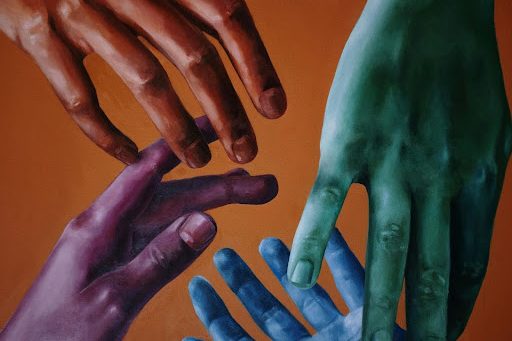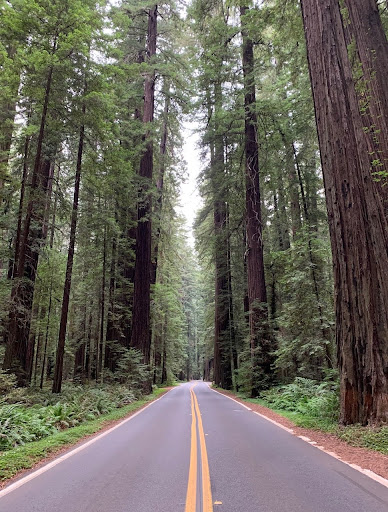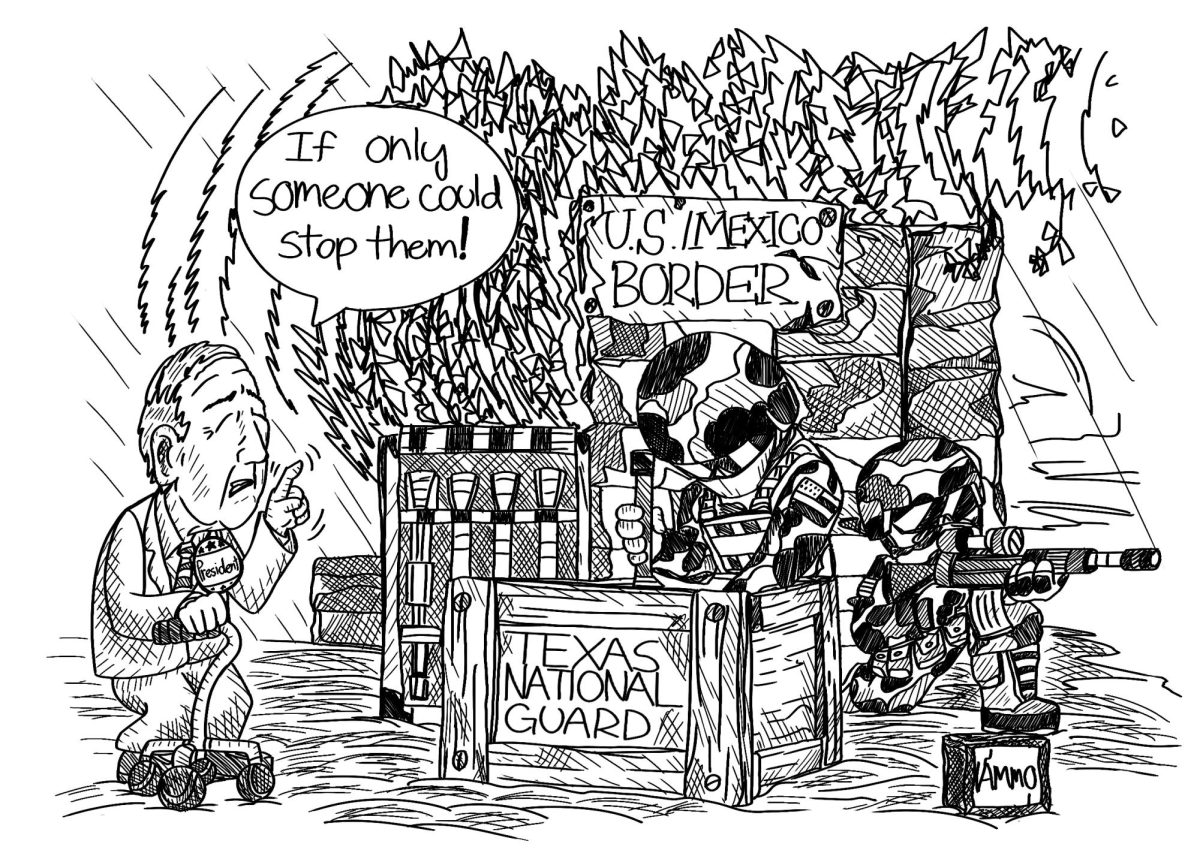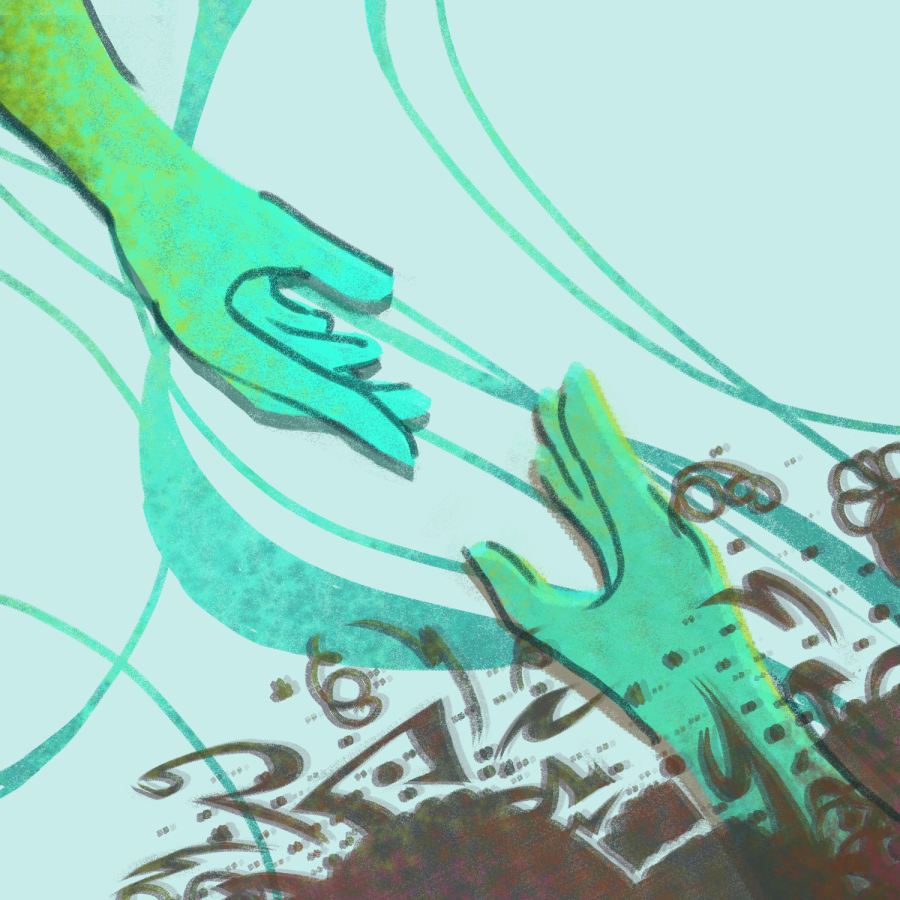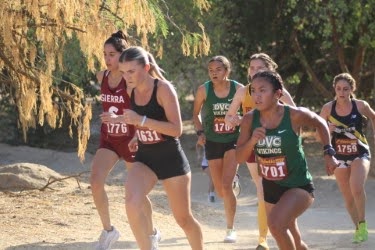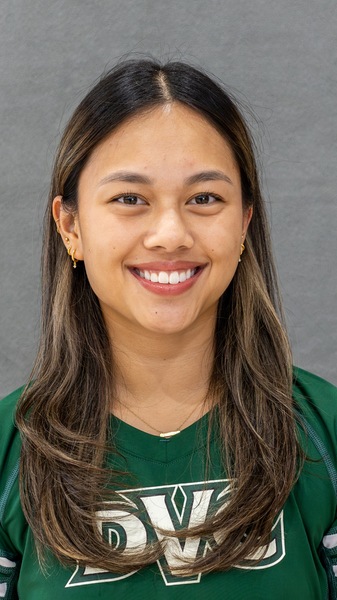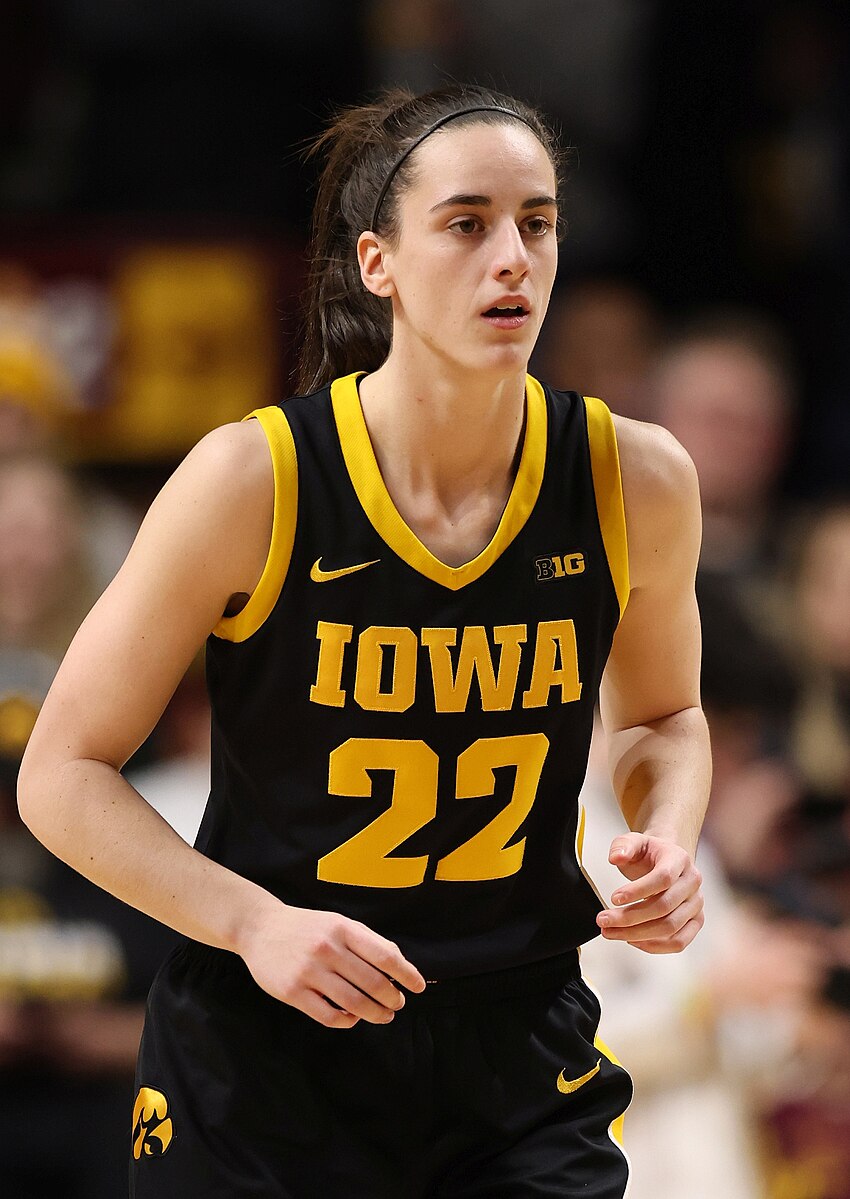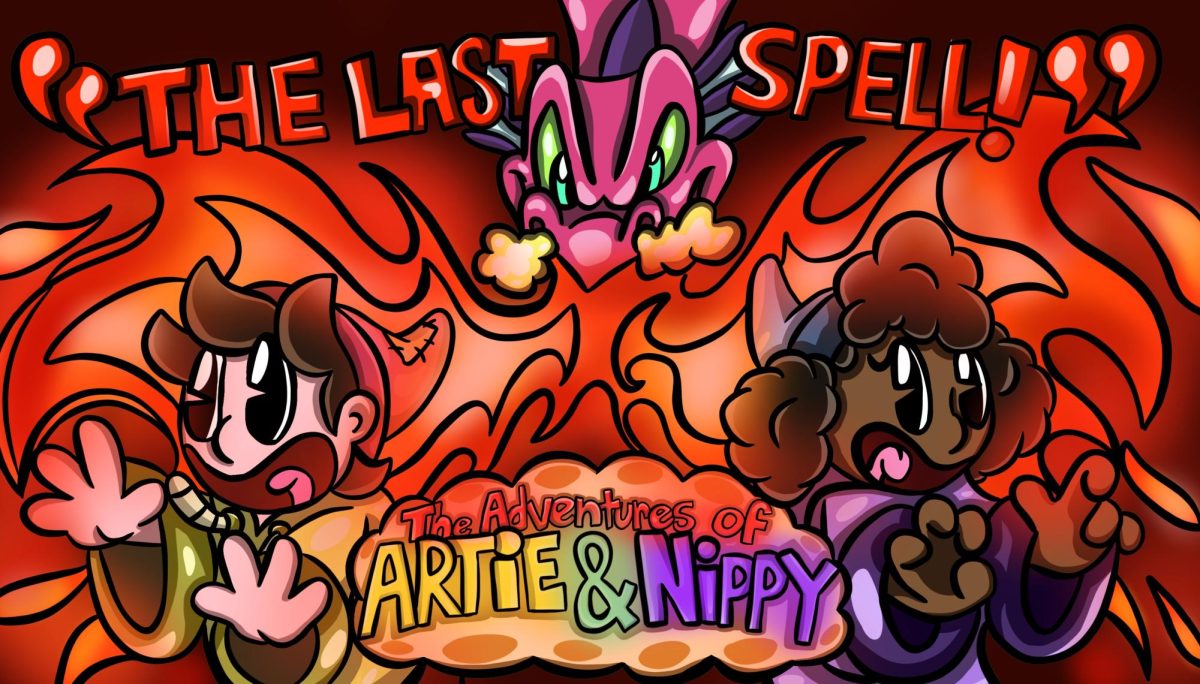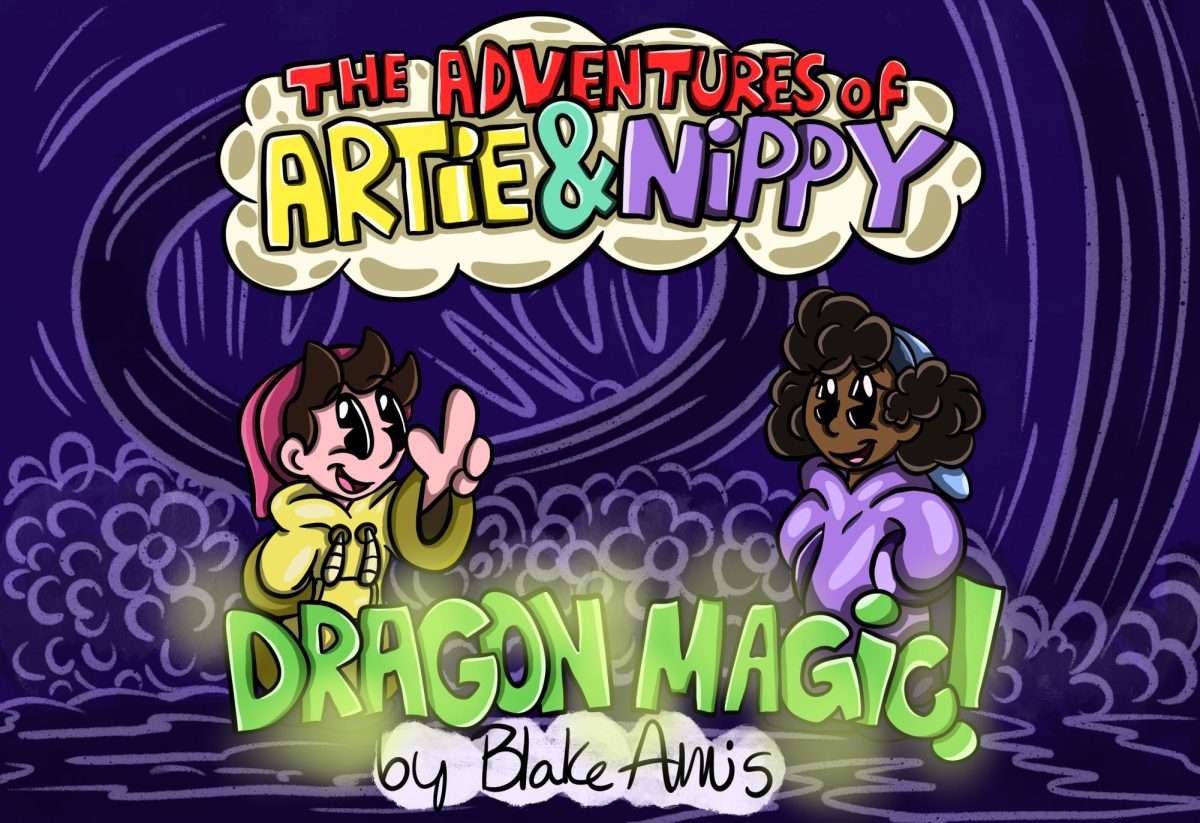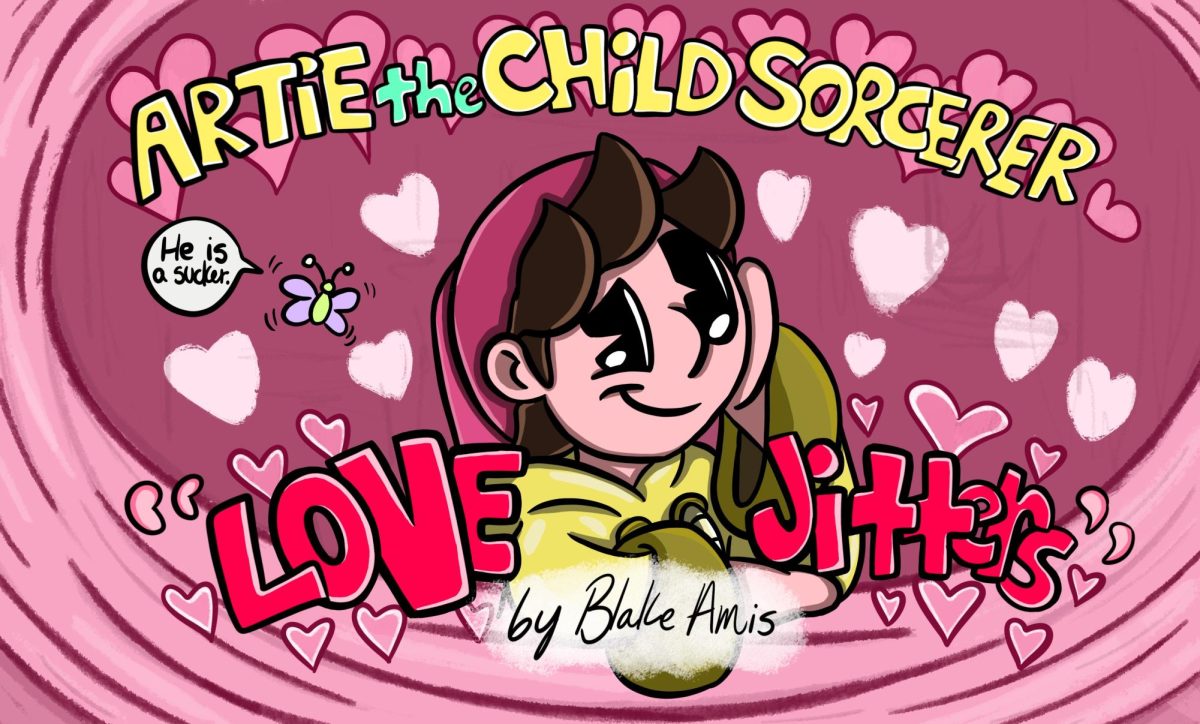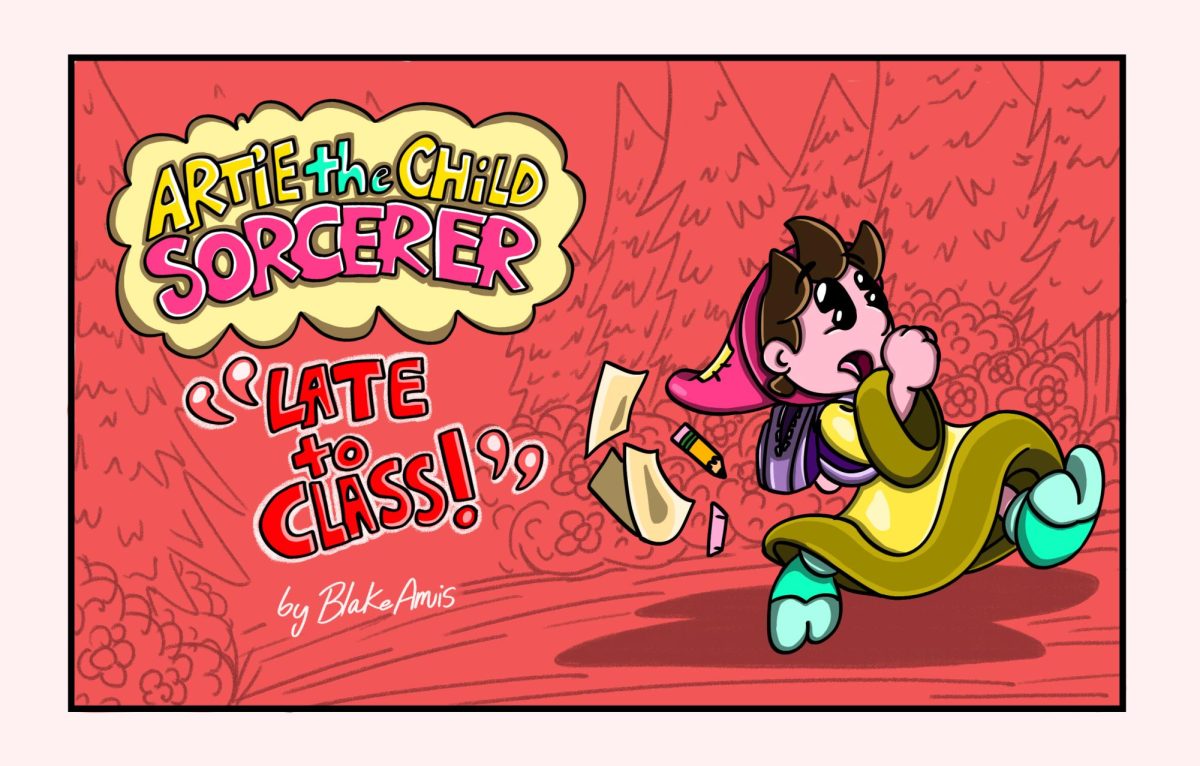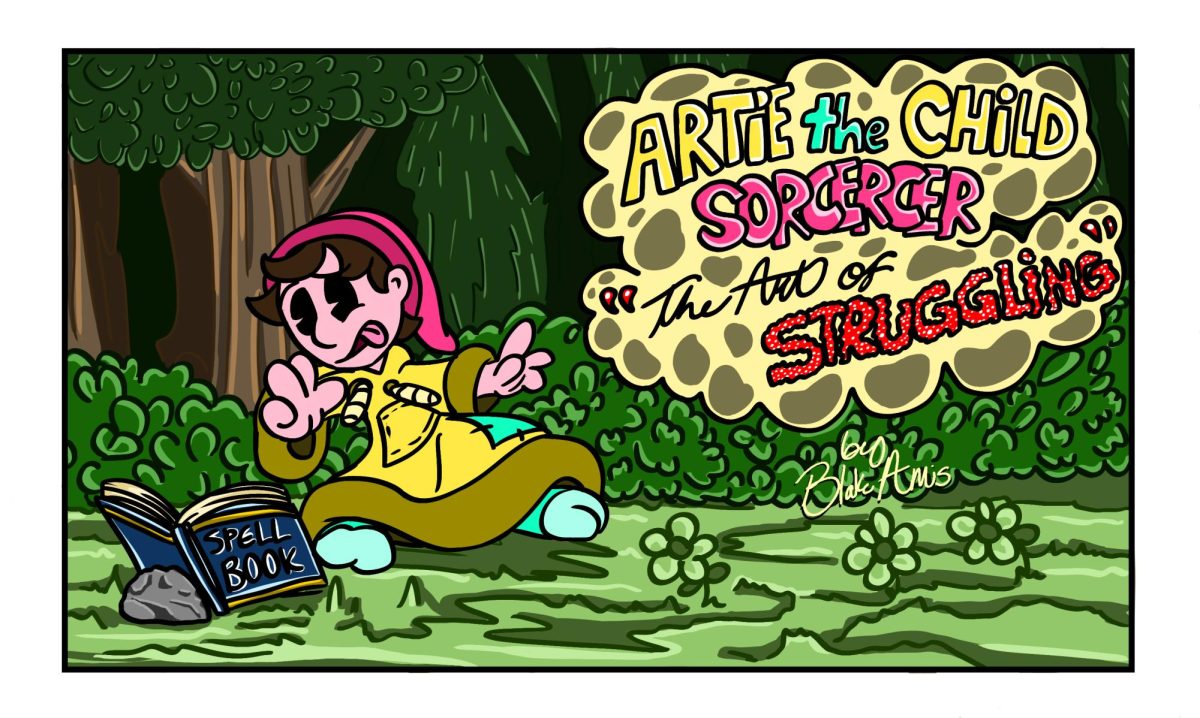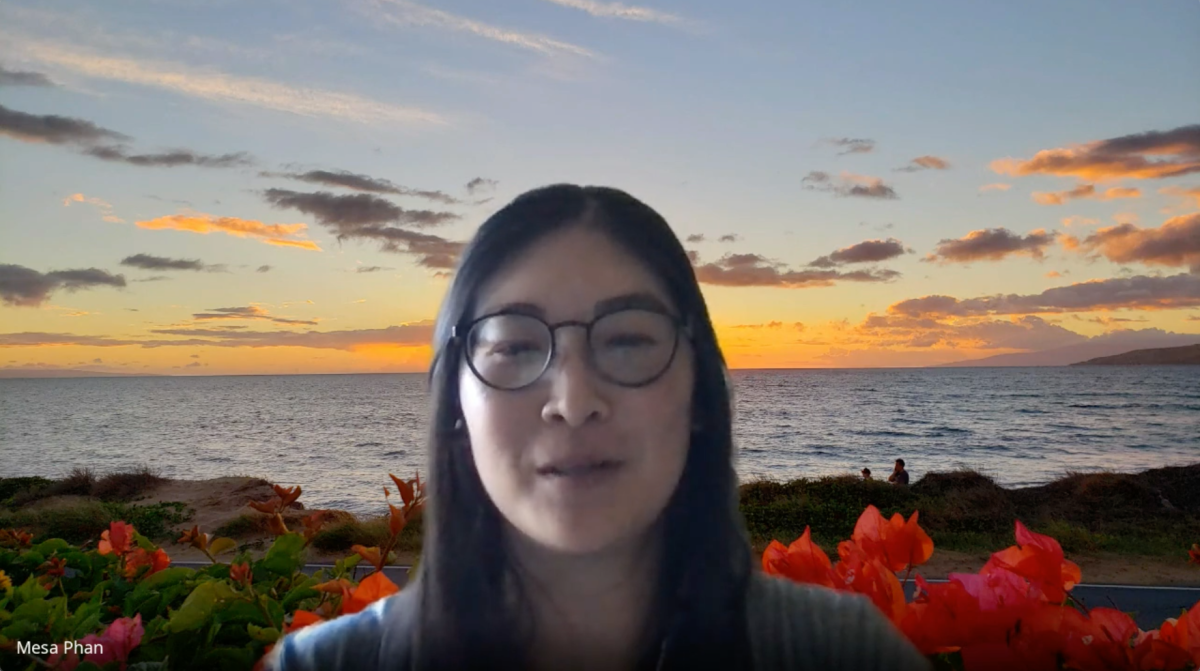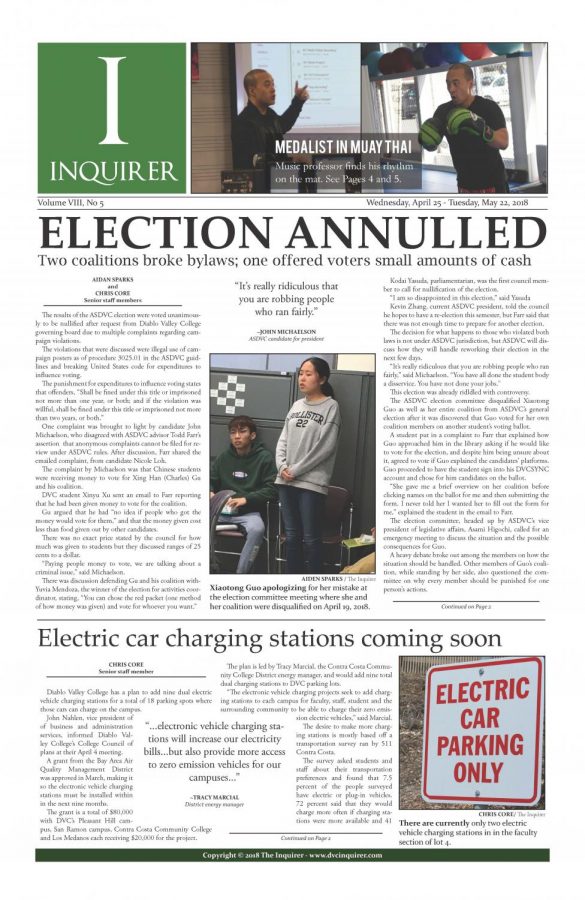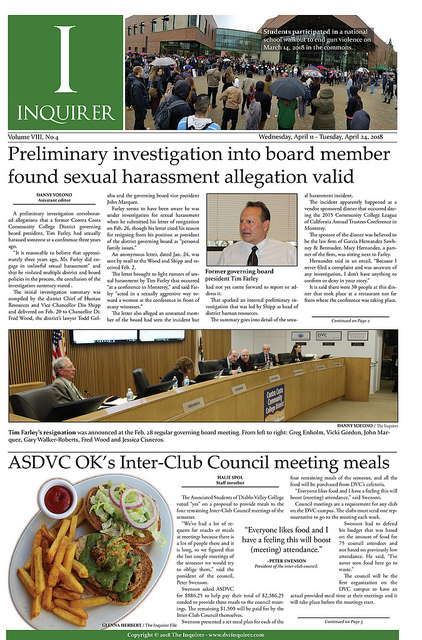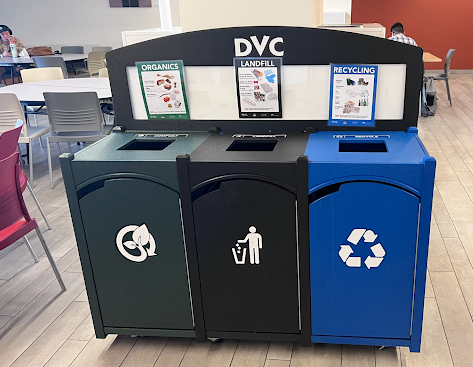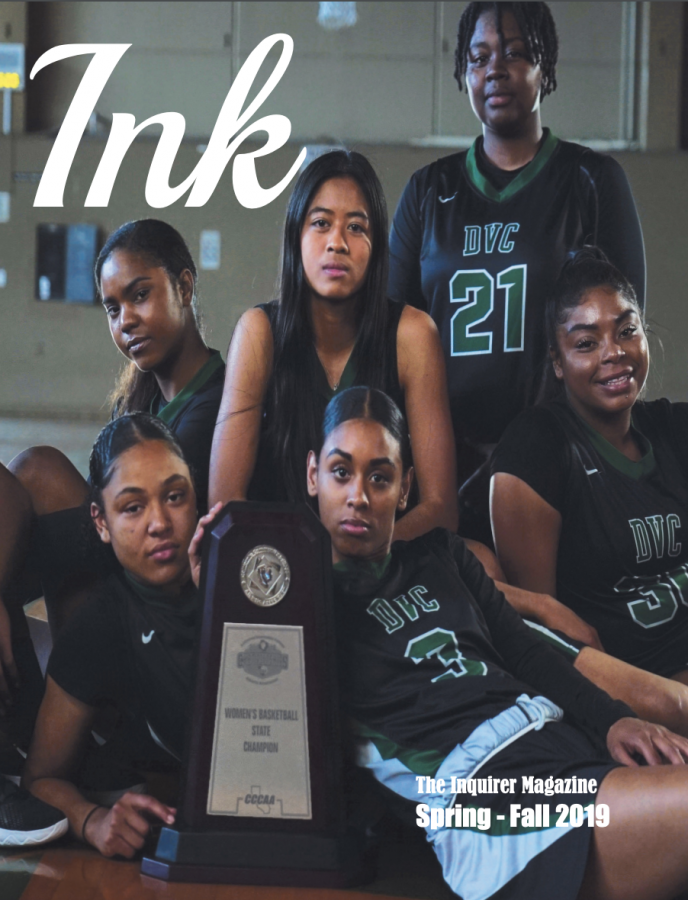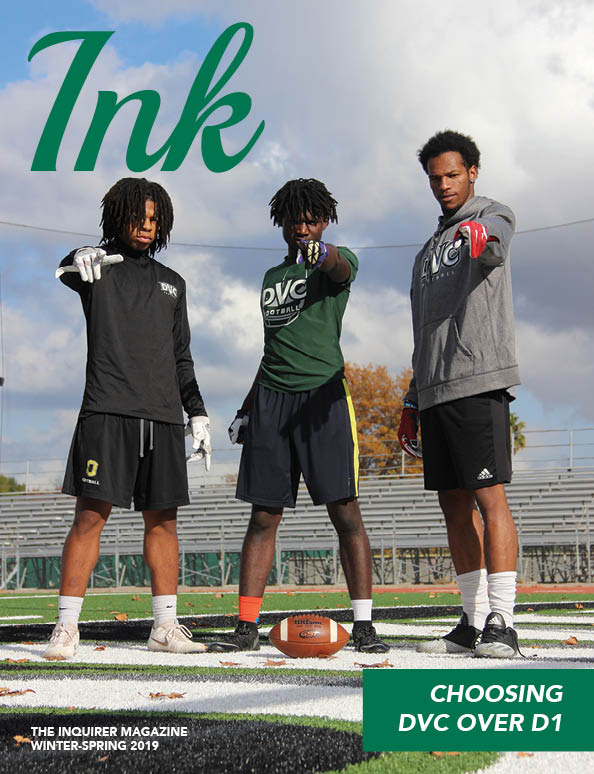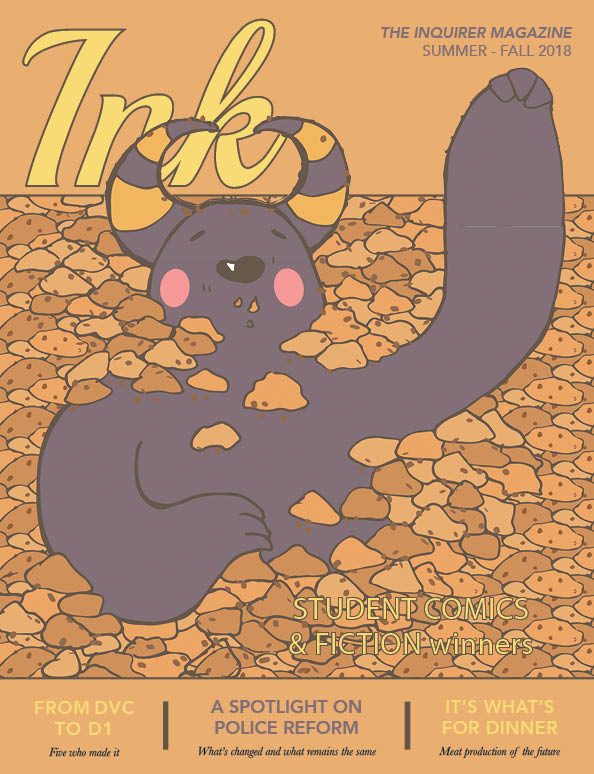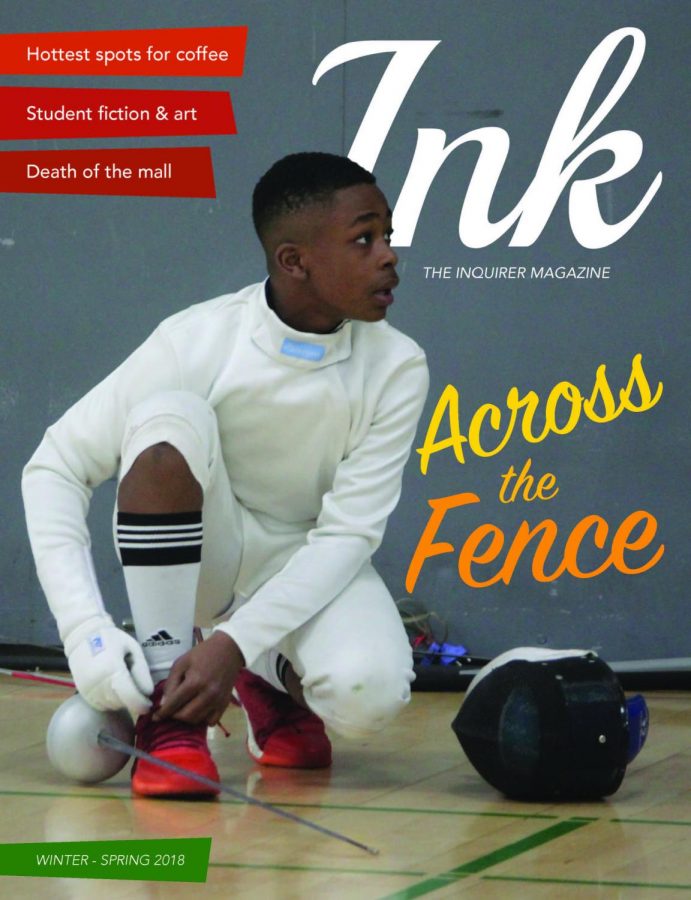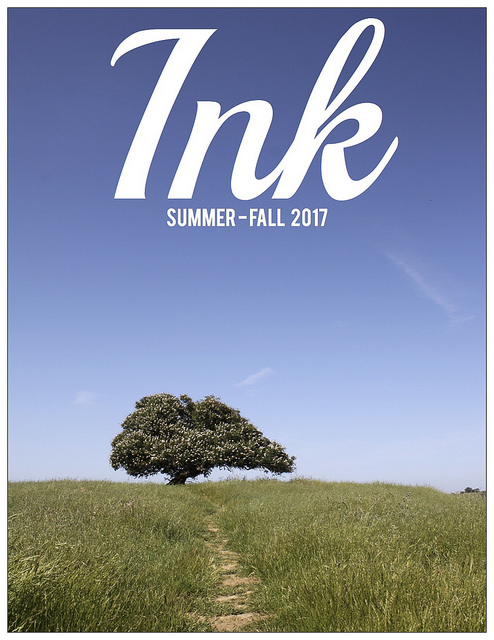When you think of libraries, you likely think of books, reference desks and quiet study spaces. The Diablo Valley College Pleasant Hill library has plenty of those—and this semester, plenty of dead animals.
In a collaboration aimed at inspiring curiosity and connecting students with local wildlife, the Lindsay Wildlife Experience, a Walnut Creek-based wildlife rehabilitation center and museum, has loaned a number of taxidermy specimens to the DVC library for the fall 2024 and spring 2025 semesters.
Lindsey Shively, DVC’s library chair, said she initially thought of the taxidermy display as a “fun and weird” exhibit for Halloween, but after it received such a positive reception from students and faculty, it was brought back again in the spring. Alongside other library exhibits themed around disability justice history, Californian civil liberties and more, the taxidermy exhibition is part of a broader push to make the library into a student-centered community space.
“We want the library to be more playful and for students to feel a sense of belonging and creativity,” said Shively.
“Lots of projects are happening simultaneously to try to evolve the library to meet changing student needs. The taxidermy project was sort of a fun, whimsical piece connected to this larger overall project of revamping the library.”
The specimens on display range from large, attention-grabbing animals—–including a raccoon, a Virginia opossum, a Cooper’s hawk, and a diorama with four species of local hummingbird—to small curiosities, including a branch of yellow bush lupine, a red fox skull, cases of bumble bees, over a dozen species of butterflies, and much more.
According to Sariah Rushing, the natural history collections specialist at the Lindsay Wildlife Experience who designed the exhibit, a variety of specimens were chosen to “create exhibits with intention, but also draw viewers into an experience.”
“For some students, these animals will be familiar, connecting them with memories they have associated with the animals. Maybe one is a student’s favorite animal,” Rushing said. “For others, this could be their first time seeing or hearing about one of the displayed animals.”
Shively agreed that capturing student interest was a priority. “We want it to be a place that cultivates a sense of belonging for students, and where students can see themselves and their interests reflected in the space,” said Shively.
To help educate visitors about local ecology, many of the species on display are native pollinators, including lesser-known pollinators like the pallid bat, red bat and northern flying squirrel.
Rushing said one of her favorite pollinators on display is the pallid bat (Antrozous pallidus). Named for its pale fur, it is the official state bat of California and one of 16 bat species found in the Bay Area.
Like all of California’s native bats, the pallid bat mostly eats insects and other arthropods such as scorpions, but research from Bat Conservation International has found it is particularly effective at pollinating columnar cacti when it feeds on cactus fruit and nectar.
“Another reason why I wanted to include the pallid bat is because we [the Lindsay Wildlife Experience] have one as an Animal Ambassador who lives behind the scenes and can sometimes be found at any of our events or programs,” said Rushing. “Her name is Vesper and she has been with us since 2018 after coming through the Lindsay Wildlife Hospital” for joint problems in her wing, which rendered her non-releasable.
Alongside pollinators, many of the species currently on display at the DVC library are “seed dispersers” – animals that eat fruit and then spread the seeds through their droppings, such as the red fox, raccoon and opossum.
“Seed dispersers are directly impacted by the pollinators through the fruits that grow after pollination, and dispersers help create new plants for the pollinators,” Rushing said.
Providing visitors with a glimpse into local ecosystems can be the first step to learning more and taking action to help wildlife, she added.
“Whatever the case is, our hope is to spark that curiosity to come look closer, enjoy the wildlife, and foster that respect for the animals and our world.”







